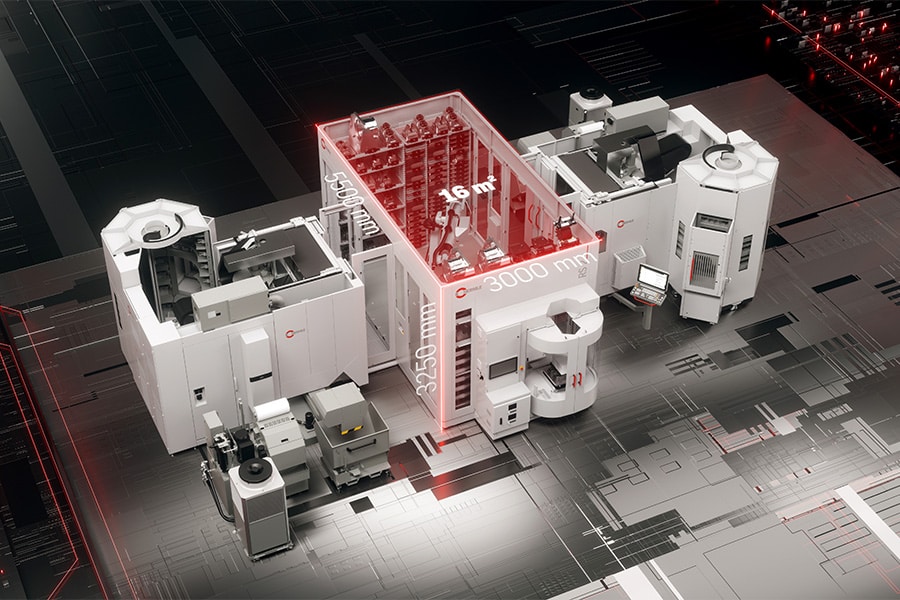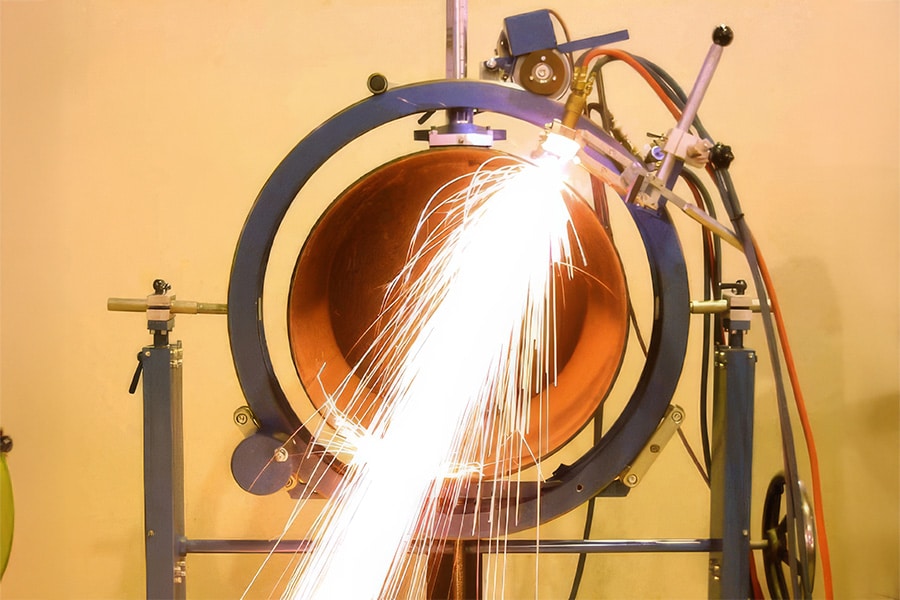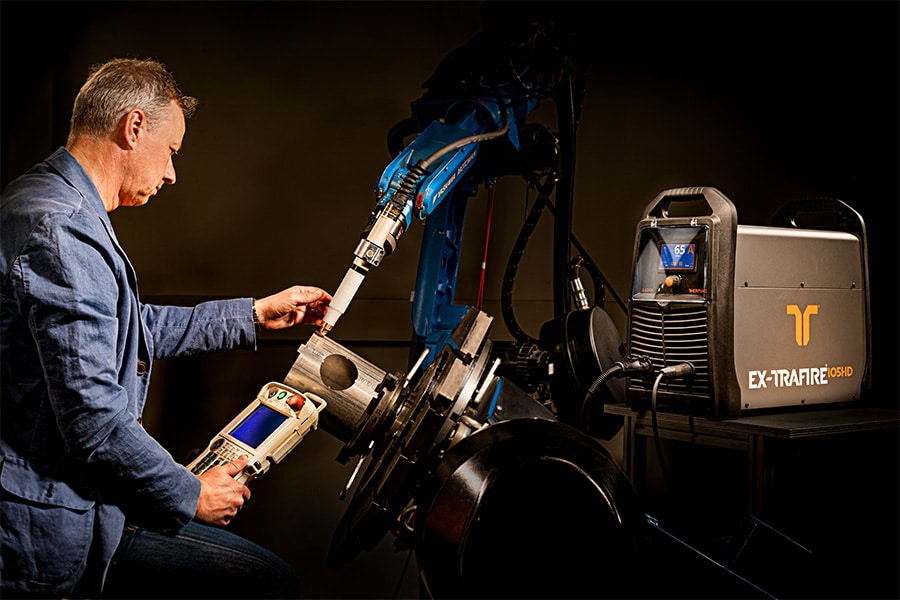
Saving time with new welding processes
Time is money. Especially in the world of welding, where a good welder has become a scarce commodity. So innovations that want to add value do well to capitalize on this. Lastek has two of these, with a handheld device for laser welding by Fanuci and the DEPO technology that enables simple repairs on complex parts. You can discover them at Innovation Days on March 17, but here's a sneak peek.
The advantages of laser welding are well known in the welding world. The high advance speeds, yes, but above all the low and very focused and controlled heat input, which means that no structural changes occur in the base material. That rules out a lot of manual, time-consuming and therefore expensive finishing processes. But in practice, unfortunately, it was not obvious to fit every piece to be welded into a laser welding booth. "The manufacturer Fanuci has now managed to ball the power of laser welding into a handheld device with fiber laser source with a gun that fits well in the hand. A user-friendly device moreover, because all necessary welding knowledge can be programmed into the machine," sums up Luc Driesen, technical director of Lastek.

Benefits of handheld laser welding
Driesen especially praises the ease of use of handheld laser welding. "Virtually no welding skills are required, and welders have mastered its operation in no time." In addition, the speed of operation stands out. "The process has unmatched speed compared to traditional electrical processes. Especially in thin, conductive materials such as stainless steel, aluminum, brass, steel ... where the heat input can leave a dark color that must be removed with stain, the time savings are considerable. The weld seam is of very high quality and the consumption of filler material drops with 70%."
Safety has also been considered. Special welding goggles are sufficient to avoid harmful effects of the fiber laser light. "Welders keep a good view of the welded area and the deposited material this way," he says.
Big gains on minor repairs
"The DEPO machine will also open many eyes," Driesen predicts. These Japanese-made devices are based on the EDM (Electrical Discharge Machining) technique, or wire EDM. "This traditionally involves very targeted material removal. However, TechnoCoat's engineers have managed to reverse the process, allowing them to repair local damage on complex parts very quickly and very specifically by adding material. Electrospark Deposition, in other words."
Driesen is thinking primarily of molds, dies and cylinders in steels that are difficult to weld. "These are materials that now require an enormous amount of preparation and post-processing. With the DEPO device, this micro-welding can now be done on-the-spot, which will provide an enormous time savings."

No welding knowledge required
The Japanese are serious about revolutionizing the world with this machine. The chief engineer is flying in from Japan especially for the Lastek Innovation Days and in the meantime will also train Lastek's technical department to master the device perfectly. "Making a circular motion prevents the electrode from sticking to the workpiece. It can serve to apply or repair a coating, repair machine parts, rectify casting errors... Because the temperature of the workpiece remains the same as the ambient temperature, we can exclude these pre- and post-treatments. Moreover, no welding knowledge is needed to produce a perfect result."

Ready for practice
The first customer tests were already promising. These are promising innovations to which Lastek intends to contribute further in the coming years. After all, with its in-house knowledge of electrodes and consumables, the company wants to help optimize both processes even further. "We will be able to help a lot of companies save a lot of time and money with these devices," concludes Driesen.



